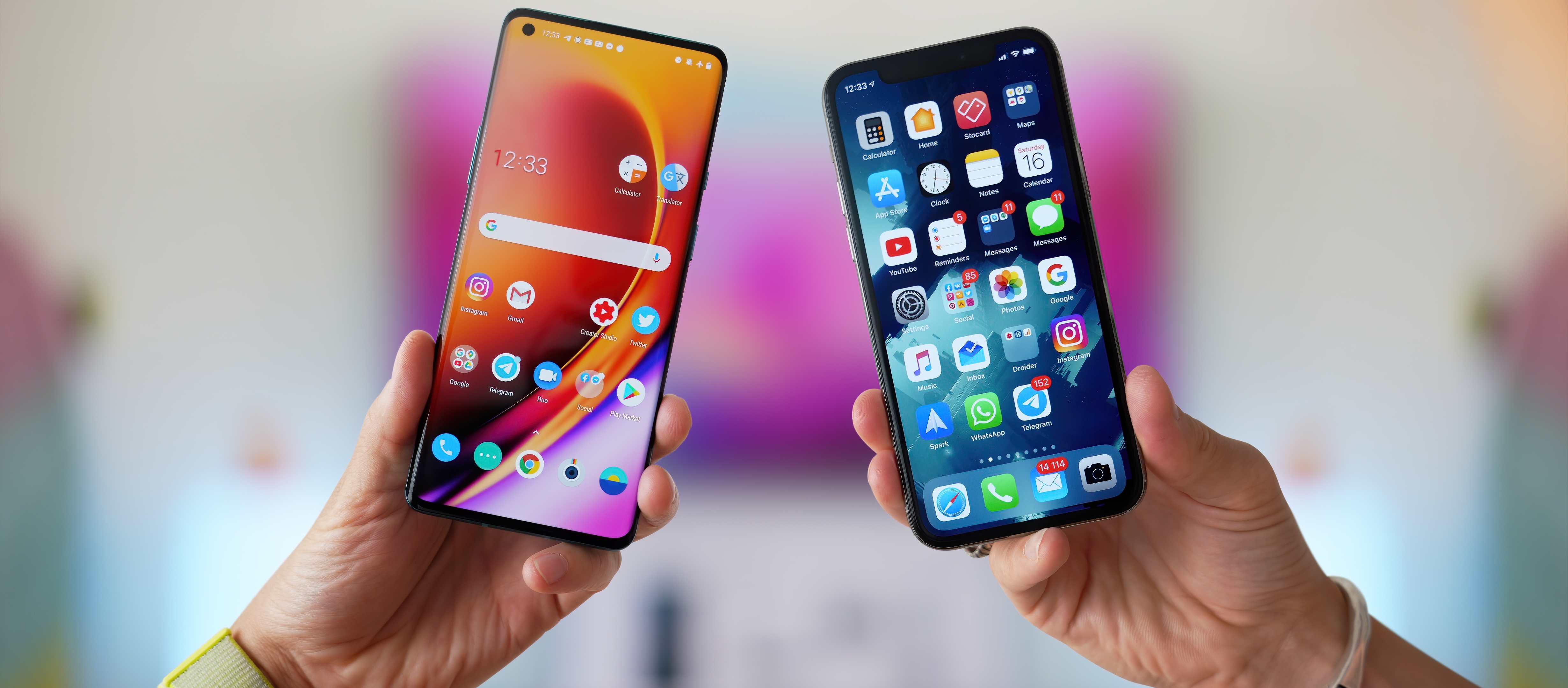Mobile Web Use
This article provides a commonsense approach to helping the increasing number of mobile phone users when visiting your website. The scale of Mobile Shopping – by early 2013, shopping on mobile in the UK is likely to amount to around 10% of total online spending. In 2010, many dismissed mobile retail as a niche offering and something that wouldn’t threaten many retailers. In the event, a growth rate of nearly 600% in the UK over this period has been estimated, so mobile shopping is certainly a force to be reckoned with.
Mobile Phone Visits – We see strong increases in mobile phone traffic to our client sites. For one client, mobile visits comprised 27% of total site visitors recently. Other client shopping sites now gain 10% of their traffic in this way. Of these mobile phone and tablet visits, around 90% will be shared between iPhone / iPad and Android. Our sites with a more commercial or technical emphasis on their products and services show a lower percentage, but they are still growing strongly.

READ MORE :
- Travel and Tourism, a Hot Topic in Sierra Leone
- How To Overcome Enterprise Mobility Challenges?
- The New Face of Modern India in Travel & Tour
- Mobile App Vs. Website for ECommerce
- Top Ten Must-Have Android Applications
Mobile Web Costs – there was a time when website owners considered setting up separate versions of their websites specially designed to present well to mobile phones. Things have now matured to the stage where those who want to surf the net using their mobile can choose iPhones, Androids, Windows 8, or a range of tablet devices, which can do quite a good job of resolving standard web pages. Those with less well-adapted phones do not use them much to visit websites.
So, the decision for website owners has become quite different. They no longer need a separate site on a domain aimed at low-spec mobile phones. They must ensure that their site presents well to the ablest of mobiles – iPhone, Android, and Windows 8 and the latest range of tablets.
Six Simple Steps – Here are six simple steps you can take to improve the experience such mobile and tablet users have when visiting your site:
1. Consider a dot Mobi domain name -.mobi was specially introduced to allow website owners to set up a separate version of their website for mobile access. If you have a complex site, it may be simpler to develop an entirely new area and divert mobile visitors to it than to adapt it for mobile users. For most sites, any action needed to cater to mobiles and tablets can be handled within the existing domain.
2. Identify mobile devices – the technology to identify a site visitor’s device and operating system is well established and means we can present the website’s pages in ways aimed specifically at the visitor’s device. In other words, we can give each page on your website in a manner tailored to the visiting device.
3. Take advantage of the free functionality – mobiles already automatically present certain things differently from desktop machines. For example, a dropdown box on your site is shown as a “slide-up box” on iPhones. It would be best if you had no changes to your website – the phone does it automatically. Just be aware of the facilities and maybe change your site to use them rather than more cumbersome alternatives.
4. Consider whether to abbreviate text – Some people make all the main site text available to mobiles; others develop abbreviated text designed to present the main points on a single mobile screen, perhaps with a “more info” icon to access the full detail. The final decision may depend on how much text you have and how important it is to access all of it.
5. Remove unnecessary bits of your standard page template – for mobiles and tablets, your navigation bar can be condensed into a single icon to save space. The entire navigation slides out when this is touched, ready for use. Suppose you use two columns of text, present as a single column to mobiles. Do you need to present your page footer to mobile users? Do you have a less important side column that can become a slide-in column for mobile users?
6. Present your images beautifully – mobiles (particularly iPhones and Androids) and tablets are very good at presenting ideas. So please take advantage of their features when giving your gallery to them. Let them swipe the page to move from one idea to the next. And if you are putting moving pictures or a slideshow on your site, there are ways of doing so that mobiles can interpret and others that they cannot.
We assess the mobile phone approach and how important mobile users are for all sites we develop, especially potentially high-usage sites, e.g., information-only sites, forums, social networking, e-commerce sites, and sites addressing a younger user market. A clear overall internet marketing strategy is essential, and it should incorporate the needs of the growing number of mobile and tablet users. Sites where catering for the specific needs of mobile visitors is less important, e.g., within certain industrial/commercial sectors, will also be identified with, typically, a different technical solution being offered.













